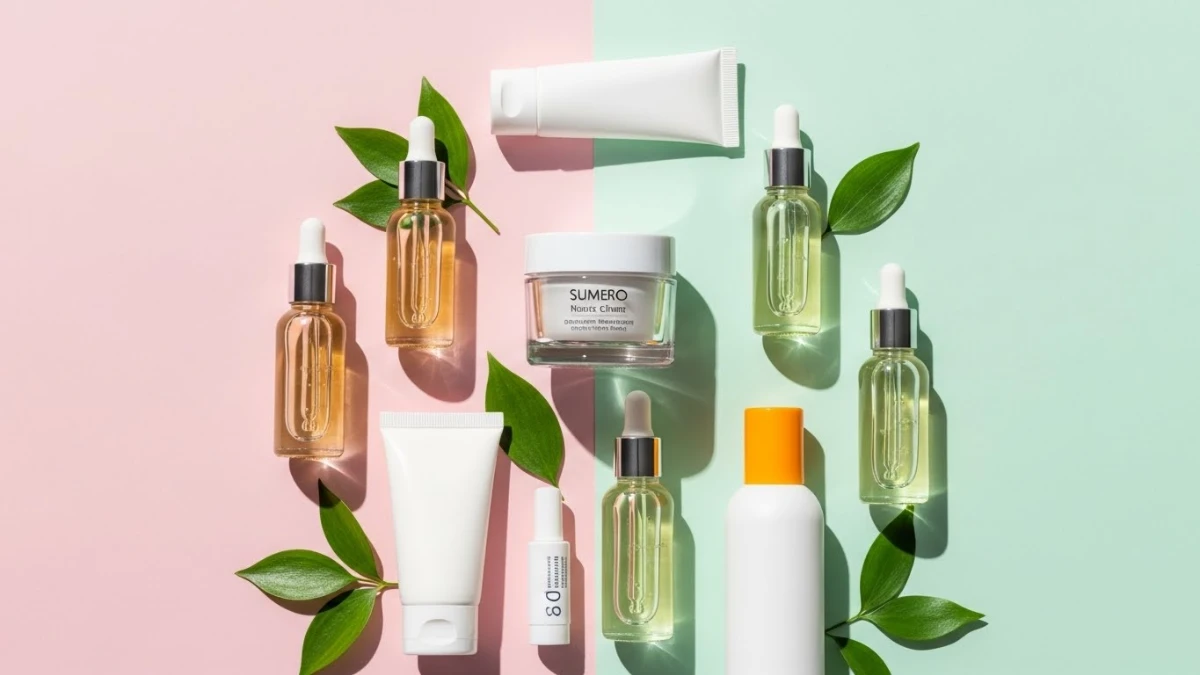When it comes to wrinkle-reducing treatments, the debate of Dysport vs Botox is one of the most common questions asked in the world of aesthetics. Both are injectable neurotoxins made from botulinum toxin type A, designed to smooth fine lines and slow the visible signs of aging. They serve the same purpose, but they are not identical.
If you’re considering cosmetic injectables, understanding the difference between Dysport and Botox can help you make a confident decision that matches your needs. This guide covers everything — from how they work and how long results last to safety, costs, and patient experiences.
What is Botox?
Botox is one of the most well-known names in cosmetic treatments. Its active ingredient is OnabotulinumtoxinA. The U.S. FDA first approved it for cosmetic use in 2002, and since then, it has become a trusted choice worldwide.
Botox works by temporarily blocking nerve signals that cause muscle contractions. When injected into specific facial muscles, it relaxes them, which softens wrinkles and prevents new ones from becoming deeper.
Common uses for Botox include:
- Forehead lines
- Crow’s feet around the eyes
- Frown lines between the eyebrows
- Medical conditions like migraines, excessive sweating, or muscle spasms
What is Dysport?
Dysport is another FDA-approved botulinum toxin injectable, introduced for cosmetic use in 2009. Its active ingredient is AbobotulinumtoxinA.
Dysport works the same way as Botox — by reducing muscle activity that leads to wrinkles. However, Dysport tends to spread a little more under the skin, which makes it effective for treating larger areas like the forehead.
Common uses for Dysport include:
- Glabellar lines (the frown lines between the eyebrows)
- Broad forehead wrinkles
- Off-label use in other facial areas where a softer, diffused effect is desired
Dysport vs Botox: How They Differ
Although both are derived from the same type of toxin, there are differences in their performance and application.
Spread and Coverage
- Botox stays localized in the area it is injected, making it a better option for small, precise wrinkle treatments.
- Dysport spreads more easily, so it’s often used for larger treatment areas where even coverage is important.
Onset of Results
- Botox generally takes about five to seven days before results become noticeable.
- Dysport acts faster, with many people seeing improvement within two to three days.
Duration of Results
- Botox results typically last around three to four months.
- Dysport may last slightly longer for some people, sometimes up to five months, but this varies individually.
Dosage Differences
- Dysport and Botox are measured in different units, so the number of units injected is not directly comparable. Dysport often requires more units, but this doesn’t necessarily mean the treatment is more expensive.
Cost Considerations
- Botox usually costs between $10 and $20 per unit.
- Dysport costs less per unit, around $4 to $6, but because more units are required, the overall price per session is often very similar.
Benefits of Botox
- Works best for small, targeted areas like crow’s feet or frown lines
- Has the longest safety history with decades of clinical research
- FDA-approved for multiple cosmetic and medical uses
- Provides predictable and consistent results
Benefits of Dysport
- Faster onset of results compared to Botox
- Ideal for larger treatment areas like the forehead
- May last slightly longer in some individuals
- Creates a softer, more natural look for dynamic facial expressions
Safety and Side Effects
Both Dysport and Botox are considered safe when performed by a qualified, licensed professional. However, as with any medical procedure, side effects are possible.
The most common side effects include:
- Mild redness, swelling, or bruising at the injection site
- Temporary headache
- Eyelid drooping (rare and temporary)
- Dryness or tearing in the eyes
Important Safety Tips:
- Always choose a board-certified dermatologist or plastic surgeon for your injections.
- Avoid treatments that seem “too cheap to be true” — counterfeit or diluted products can be unsafe.
- Tell your doctor about any medications or health conditions you have before treatment.
Who is Botox Best For?
Botox is usually the right choice for:
- People who want very precise wrinkle treatment in small areas
- Those who prefer a product with a long safety history
- First-time injectable patients who want predictable results
Who is Dysport Best For?
Dysport may be better suited for:
- People who want faster results
- Those with larger areas of wrinkles, like the forehead
- Individuals who want a slightly softer and more diffused look
- People who find Botox wears off quickly and want to test alternatives
Common Myths About Dysport and Botox
- Myth: Both Dysport and Botox will freeze your face.
Truth: When applied correctly, both treatments allow natural movement while reducing lines. - Myth: Dysport is stronger than Botox.
Truth: Both have similar effectiveness, but they spread differently in the treated area. - Myth: Once you start, you can never stop.
Truth: You can stop anytime. Wrinkles will gradually return, but no permanent damage is done.
Cost Considerations
Even though Dysport is cheaper per unit, more units are often required compared to Botox. Botox, on the other hand, costs more per unit but requires fewer units.
The total price for a session of either treatment usually falls between $300 and $600, depending on the provider, location, and area being treated.
Patient Experiences
Many people who try Dysport appreciate the faster results and sometimes feel it gives a softer appearance. Others remain loyal to Botox because of its precision and consistency.
Ultimately, the experience varies from person to person. Factors like your age, skin condition, metabolism, and treatment goals all play a role in how each product performs.
Which Lasts Longer: Dysport or Botox?
While Dysport sometimes lasts a little longer, Botox can be more consistent for many patients. The duration of results depends on several factors including:
- Individual metabolism
- Age and skin elasticity
- Muscle activity in the treated area
- Lifestyle factors like smoking, exercise, and sun exposure
Choosing the Right Injectable for You
Instead of thinking of it as a competition between Dysport vs Botox, consider which treatment aligns better with your personal goals. Both are safe, effective, and FDA-approved options for minimizing wrinkles.
The best decision comes from a consultation with a licensed dermatologist or plastic surgeon. They will assess your facial structure, discuss your goals, and recommend the treatment that fits you best.
Final Thoughts
The Dysport vs Botox debate comes down to personal preference and your unique skin needs. Botox is known for its precision and consistency, while Dysport offers faster results and broader coverage. Neither is “better” overall — the right choice depends on your goals and your doctor’s guidance.
If you’re considering a cosmetic injectable, take time to find a qualified provider who can customize your treatment plan. This ensures natural, safe, and long-lasting results.







